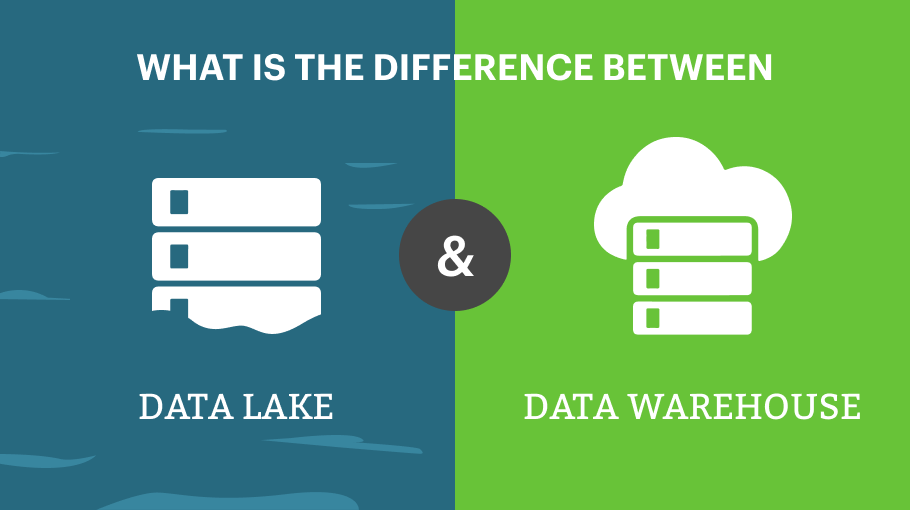Can anyone keep up with massive data sets?
Business competition is increasing at unprecedented levels. In a 2022 survey of 1,200 companies, Crayon.co discovered that 59% of respondents indicated their market had become much more competitive in the last three years.
Transformational factors affecting the business climate enable flexible, innovative organizations to launch new products, services, and initiatives in record time. Thus, like shoppers on Black Friday morning, credible competitors swarm the market every day. So, can you grow and thrive in this cut-throat arena?
Here are seven simple ways to keep up with massive data sets.
1. Understand and Implement Data Analytics Across All Operations
Technology is spearheading the radical transformation of whole industries and reshaping consumer demands. Evolving in lockstep is Big Data — an expansive collection of traditional and non-traditional data sets. For example, analytics mines information from historical records, transaction logs, demographics, economic research, videos, sound bytes, search queries, social media sources, and numerous other data types to create an analytical understanding of new industry preferences.
2. Data Is the Heart of Consumer-Centric Marketing Strategies
Today’s customers are digitally savvy. They use independent research to develop brand and product literacy. Thus, to better understand your consumers, use data analytics to:
- Construct comprehensive customer profiles
- Develop compelling, personalized digital experiences
- Fine-tune websites to engage customers’ specific and unique needs
- Conduct A/B testing to optimize email campaigns and landing page effectiveness
- Use keyword research to create engaging SEO content
3. Impeccable Brand Presentation
Brand building is critical to customer engagement. Use a no-cost online logo creation tool to customize a corporate identity package and jump-start branding activities. You can pair this up with other free tools as well. For instance, take that logo you create and incorporate it into an invoice created with an invoice maker. After all, looking good can be free and easy.
4. Predictive Analysis for Customer Acquisition and Retention
New, and retained, customers remain the profit imperative. For example, predictive analytics processes Big Data to segment prospects according to their lifetime value (LTV). Furthermore, specific products and services are recognized, and high potential segments are identified by channel — direct sales, in-store, inbound, outbound, and digital.
Analysis insights combine high-scoring prospects with an offer, delivery channel, and tailored message to initiate scalable customer acquisition. Successful plans produce new customers at significantly reduced costs.
Similarly, by using predictive analysis, retention programs can isolate customers most likely to opt out. Personalized messages and special offerings can be created to nurture these individuals through the sales cycle.
5. Implement Risk Management Analytics to Keep Up With Massive Data Sets
As global expansion, economic fluctuation, and regulatory oversight obscure potential issues, risk management analytics is critical in today’s business climate. For example, the big buck executives in the C-suite administered this function with intuitive expertise.
Data analytics provide insights to identify, measure, and predict risk occurrence. Strategic decisions and contingency plans can then be formulated to limit litigation costs and negative impact on the organization.
6. Implement Inventory Analytics
Filling orders timely is integral to retail customer satisfaction. Research indicates 31% of online shoppers will seek a competitor when a product is out of stock. For instance, pertinent data sets of availability, demand, and returns provide critical insights into effectively managing necessary stock levels. Finally, resulting inventory management programs increase efficiency, reduce costs, and enhance customer satisfaction.
7. The Skill Set to Master to Keep Up With Massive Data Sets
Data analytics take the guesswork out of many business decisions by increasing marketing efficiency, sales conversions, and, most importantly — revenue. Above all, you know your business inside and out. Therefore, taking courses to understand data analytics will provide your business with a competitive advantage you can implement indefinitely. Online master’s degree programs can be completed in 12 to 18 months.
For more great content, check out the articles featured on Coda Strategy.





